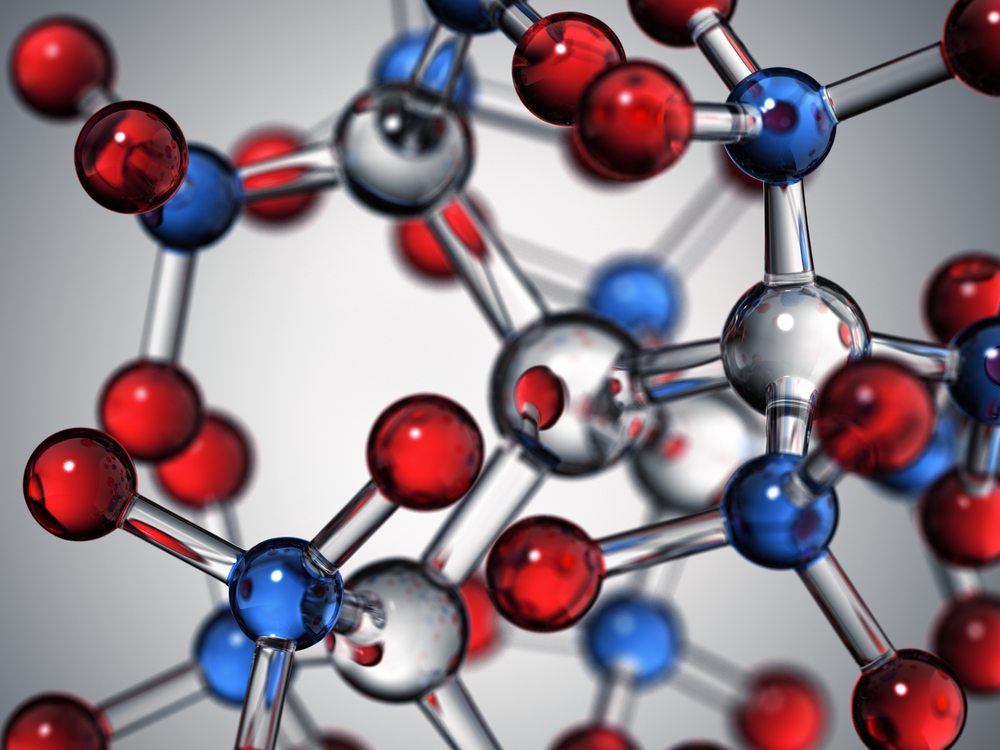
According to the ISO standard 10993, a medical device should be biocompatible i.e. not induce any adverse effects when it comes in contact with the patient. The standard provides a specific roadmap for planning a thorough biocompatibility study program for a device using both in vivo and in vitro techniques. But before evaluating the final or prototype device for biocompatibility, information should be gathered with regard to the “fitness of purpose” of the material(s) selected for the manufacture of the device. To begin, questions like the following can be asked. What are the chemical constituents of the material(s)? Will the chemical, physical, biological and other characteristics of the material(s) have any effects on the toxicological profile of the device? In other words- is the device in its entirety, safe?
Extractables and Leachables
Chemical characterization essentially consists of two main tests. The first test is for extractables, which are substances, both organic and inorganic that can be “extracted” from the test material in the presence of a solvent under controlled conditions, and may be indicators of potential leachables. The second test is for leachables, which can leach out from the material during normal use via contact with liquids (including water or aqueous solutions). These chemicals can pose a potential risk to patients and hence should be detected before the final production and marketing of the device.
Analytical Instrumentation
GC (gas chromatography), GC/MS (gas chromatography/mass spectrometry), LC-MS/MS (liquid chromatography mass spectrometry/mass spectrometry) and TOF-MS (time of flight mass spectrometry) are used for analyzing these chemicals and such work is routinely conducted by Pacific BioLabs’ analytical lab, where our team of chemists designs the most appropriate extraction conditions for a device after considering the device material, use of the device, and the solvent. Moreover, our analytical team can also characterize the chemical’s identity and concentration using HPLC, and can also conduct routine tests including moisture determination by Karl Fischer, pH, conductivity, viscosity and osmolarity.
References:
ISO 10993-18:2005 Biological evaluation of medical devices – Part 18: Chemical characterization of materials
Pacific BioLabs performs medical device chemical characterization services.
